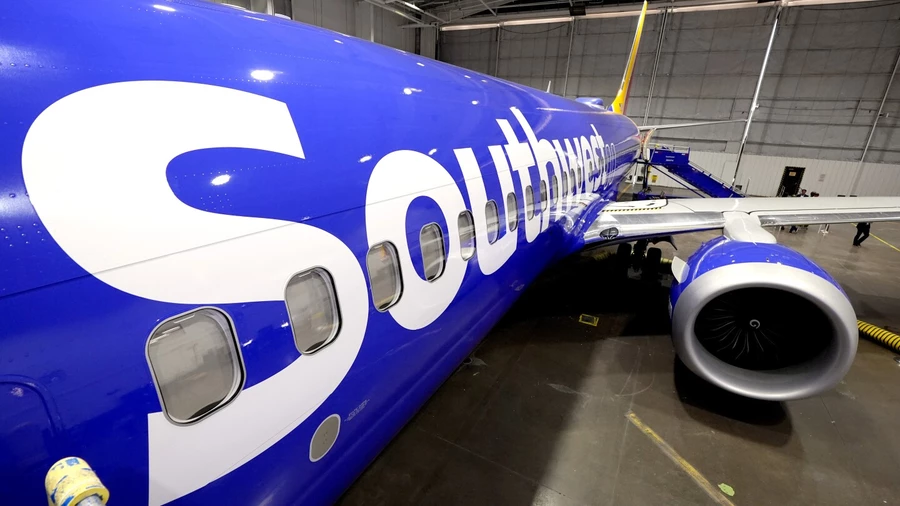Southwest Airlines Announces New Safety Procedures for Cabin Service
Southwest Airlines is set to implement significant changes to its cabin service procedures, with a focus on enhancing passenger safety during flights. Starting December 4, the airline will require passengers to prepare for landing earlier than before, marking a shift in its in-flight operations.
Under the new guidelines, flight attendants will begin preparing the cabin for landing when the aircraft reaches an altitude of 18,000 feet. This is a notable change from the previous procedure, which initiated landing preparations at 10,000 feet. The primary objective of this adjustment is to reduce the risk of injuries caused by in-flight turbulence.
The move comes in response to growing concerns about turbulence-related incidents in the aviation industry. While fatalities from turbulence remain rare, injuries are a significant issue. According to the National Transportation Safety Board, over one-third of U.S. airline incidents from 2009 to 2018 were attributed to turbulence. A recent tragic incident underscored these concerns when a 73-year-old man lost his life due to turbulence on a Singapore Airlines flight.
In addition to the new safety procedures, Southwest Airlines is planning further changes to its operations. The airline has announced its intention to eliminate its long-standing “open seating” policy starting next year. This means passengers will no longer have the option to choose their seats after boarding, marking a significant departure from Southwest’s traditional boarding process.
These changes reflect Southwest Airlines’ commitment to prioritizing passenger safety and streamlining its operations. As the airline industry continues to evolve, passengers can expect to see more adjustments aimed at enhancing both safety and efficiency in air travel.




 By
By![A person sits on a blue chair during a discussion at an event. They appear thoughtful, wearing a dark jacket and a light shirt, with a blue backdrop featuring the text "HUMAN[x]."](https://biztechweekly.com/wp-content/uploads/2025/07/metas-14.3b-scale-ai-investment-sparks-surge-in-competitor-growth-and-client-shifts-in-ai-training-market-870x570.webp)
 By
By
 By
By

 By
By
 By
By

 By
By




 By
By






![A person sits on a blue chair during a discussion at an event. They appear thoughtful, wearing a dark jacket and a light shirt, with a blue backdrop featuring the text "HUMAN[x]."](https://biztechweekly.com/wp-content/uploads/2025/07/metas-14.3b-scale-ai-investment-sparks-surge-in-competitor-growth-and-client-shifts-in-ai-training-market.webp)
